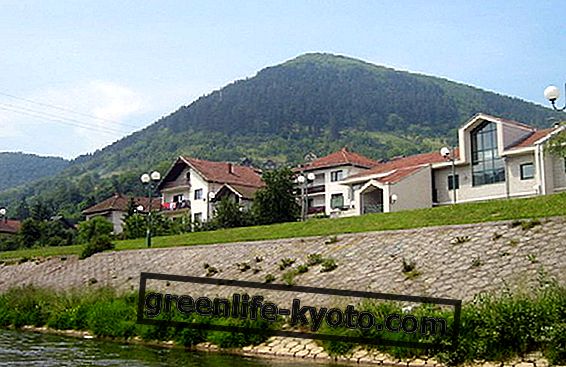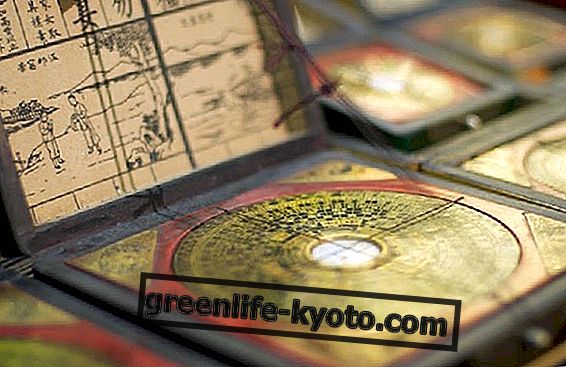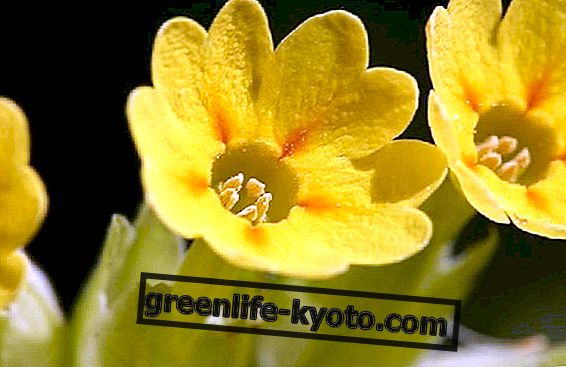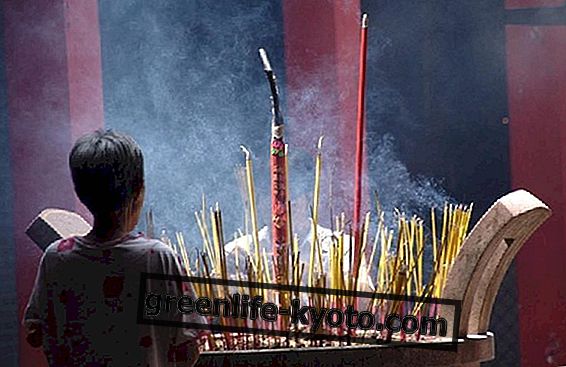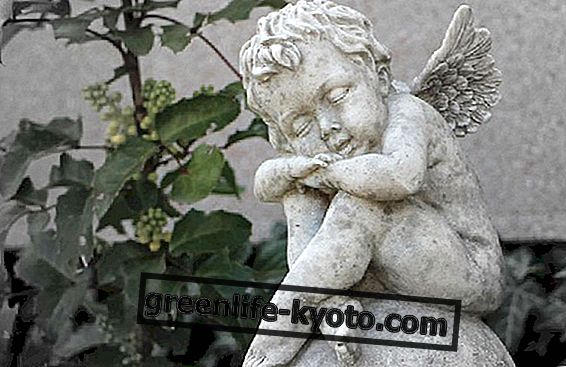
When did you first meet Bach flowers when they entered your life?
I met flower therapy in England 12 years ago : I was looking for help for my daughter's stubborn headache. I turned to a herbalist's shop and they gave me three bottles. I returned to Italy hopefully, but thought it right to inform myself of the meaning of what I had bought, before offering the bottles to my daughter: I bought a flower therapy book and it was there that I "fell in love", which I discovered, that is, how many other ways exist for feel better. (The flowers then worked very well, the girl was immediately even more serene and this state remained).
I was retiring and I began to study, to attend seminars and meetings (about 400 hours of courses received) and after 11 years I still study with passion, and I dedicate many hours a day to flower therapy, which I now teach.
Flower therapy brings balance in a gentle way where harmony and energy balance have failed. But if you eat badly or do not engage in physical activity, how much can Bach flowers really help?
Flowers work anyway : the person balances his energies, reads himself and often changes his attitude and finds in himself elements to correct deviated situations (often food, for example, is comforting and fills empty: with flowers serenity is recovered, balance and self-acceptance, inner conflicts are lightened and food loses its function of "filling".
However, Edward Bach recommended fresh, inadequate food, frugality and an encounter with nature, suggesting walking in it.

His book is interesting because it has a different trend than the other handbooks. Usually the binomial is emotion-flowers of Bach. She addresses physical disturbance and psychological motivations by connecting them to the flower. When did this insight come to you and how intense and prolonged was the period of study that led you to create the book?
I always asked, during the interview, what was the reason people turned to flower therapy, and to me as a way to get closer to discipline and care. Often the answer was a strong physical discomfort that then moved into a constant state of spiritual malaise; in other cases, a physical problem was combined with spiritual distress .
I studied then more carefully concepts of psychosomatic medicine, I read metamedicine books, discovering the message of symptoms and, day by day, the connection between body and emotions, between discomfort and soul, seemed increasingly clear to me. Moreover, for each client, I took notes, wrote: always, without exceptions, the body reacted favorably, people called to declare their renewed well-being, to talk about their recovery.
I followed all the courses given by Dr. Ricardo Orozco, on a personal basis: I carefully read the book by Philip M. Chancellor, "Bach Flowers" which tells how Dr. Bach worked, I reasoned that Bach was a doctor and that he would never have renounced to remove, or alleviate physical pain (even if for him physical pain is the last warning to bring us back to a spiritual state of well-being ...).
Over the years I prepared my own handbook, which was of an experiential nature: many colleagues asked me to consult it, but it had to be integrated, to make it available to all: it was not difficult (even if it was long) to connect discomforts and moods; it was almost always field experience (I spent about 3 years in the final draft).
To whom do you approach floritherapy which criteria would you suggest to distinguish a true professional from an alleged expert who improvises a diagnosis?
A person registered with the RIF (Italian Register of Water Flower Therapists) can already be a guarantee: then I believe it is easy to discover love, availability, sharing in the contact therapist: about two hours of duration of the first interview make you aware of who you are facing, and then, the flowers must work: something, almost immediately, in the client begins to change and, even then, the good therapist is close, urges, calls, informs himself (even the therapist, calling and asking for news, confirms himself).
The book provides a precise method for identifying the right blend of flowers, a real self-diagnosis tool. But is it possible to do it even for non-professionals? Isn't the dialogue, listening and sensitivity of the professional to whom we rely on basic?
The book describes the way of working : the text invites you to try and offers various interpretations: I have seen that even those who are not competent are able to find a suitable formula for their state, at least they have approached the best possible for him, discovering the ability to feel better .
Later, more aware of the possible results, he will be able to go to the flower-therapist, to find a deeper balance and the joy of life.
It is true, the interview is fundamental: the therapist "reads" the person in front of him, identifies ways of speaking, movements, posture, gestures, voice, and waits for the client to speak freely: then, gently, he will ask the customer of his past, of life in relationships. Meanwhile, write everything down and extrapolate the flowers that appear during the interview: then decide the mix to give, explain what will happen, support the person in his recovery path and wait ...
Flowers work on emotions. Have you ever witnessed a consequent radical body metamorphosis in those who were taking certain flowers?
I work today with about 250 flowers: Bach-Californian, Australian Bush and Living flowers, some French flowers, some Findhorm and Alaskan flowers: people recover themselves, change their relationship with life and with their surroundings : they gain more care of their body, a more open and conscious smile, quick gait and a feeling of joy and lightness of heart and body, will and decision-making in their choices.
What about the new-found desire to do, to love again, to feel more beautiful and younger!
I also speak for myself: I am 70 years old and the heart of a happy child . It was the flowers that produced this state of well-being: the flowers changed my life!

